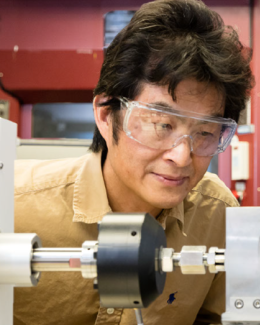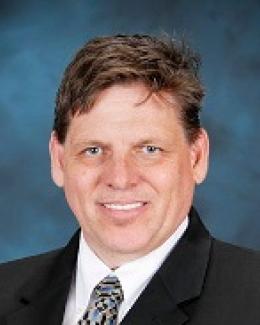Abstract
Transportation packages for spent nuclear fuel (SNF) must meet safety requirements specified by federal regulations. For normal conditions of transport, vibration loads incident to transport must be considered.
This is particularly relevant for high-burnup fuel (>45 GWd/MTU). As the burnup of the fuel increases, a number of changes occur that may affect the performance of the fuel and cladding in storage and during transportation. The mechanical properties of high-burnup de-fueled cladding have been previously studied by subjecting defueled cladding tubes to longitudinal (axial) tensile tests, ring-stretch tests, ring-compression tests, and biaxial tube burst tests. The objective of this study is to investigate the mechanical properties and behavior of both the cladding and the fuel in it under vibration/cyclic loads similar to the sustained vibration loads experienced during normal transport.
The vibration loads to SNF rods during transportation can be characterized by dynamic, cyclic, bending loads. The transient vibration signals in a specified transport environment can be analyzed, and frequency, amplitude and phase components can be identified. The methodology being implemented is a novel approach to study the vibration integrity of actual SNF rod segments through testing and evaluating the fatigue performance of SNF rods at defined frequencies. Oak Ridge National Laboratory (ORNL) has developed a bending fatigue system to evaluate the response of the SNF rods to vibration loads. A three-point deflection measurement technique using linear variable differential transformers is used to characterize the bending rod curvature, and electromagnetic force linear motors are used as the driving system for mechanical loading. ORNL plans to use the test system in a hot cell for SNF vibration testing on high burnup, irradiated fuel to evaluate the pellet-clad interaction and bonding on the effective lifetime of fuel-clad structure bending fatigue performance.
Technical challenges include pure bending implementation, remote installation and detachment of the SNF test specimen, test specimen deformation measurement, and identification of a driving system suitable for use in a hot cell. Surrogate test specimens have been used to calibrate the test setup and conduct systematic cyclic tests. The calibration and systematic cyclic tests have been used to identify test protocol issues prior to implementation in the hot cell. In addition, cyclic hardening in unidirectional bending and softening in reverse bending were observed in the surrogate test specimens. The interface bonding between the surrogate clad and pellets was found to impact the bending response of the surrogate rods; confirming this behavior in the actual spent fuel segments will be an important aspect of the hot cell test implementation,




